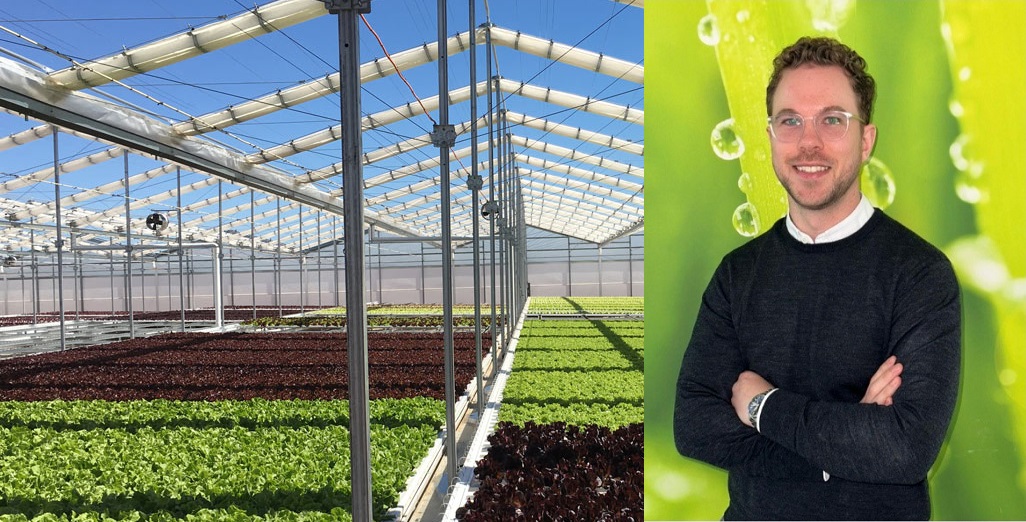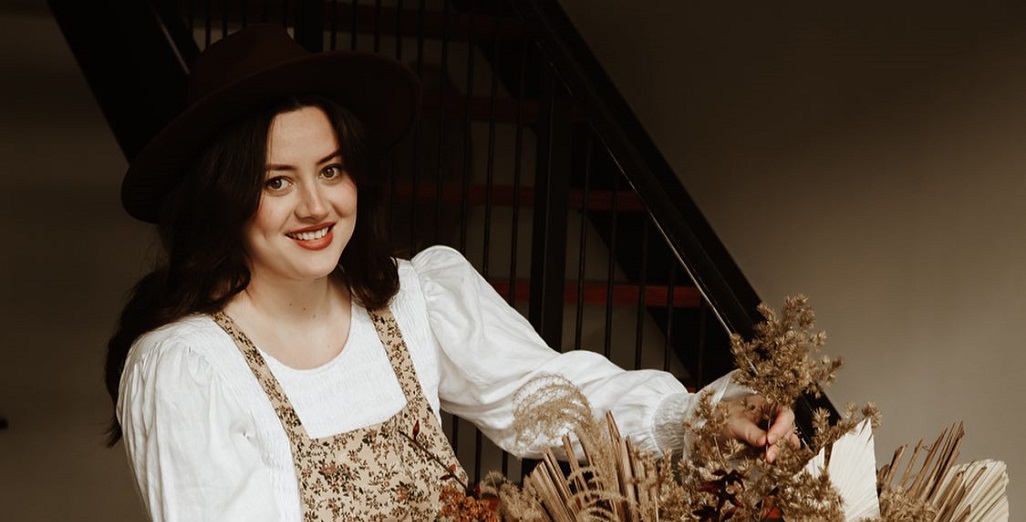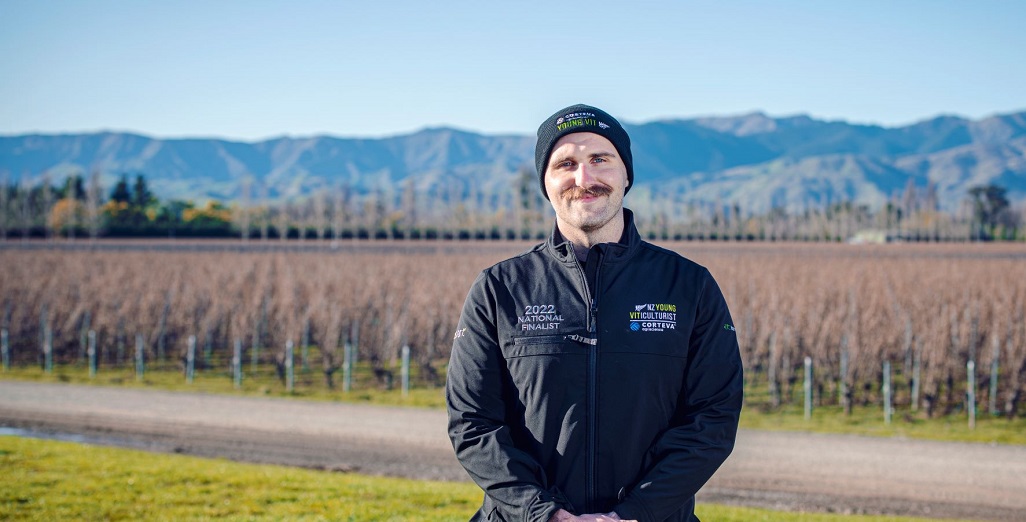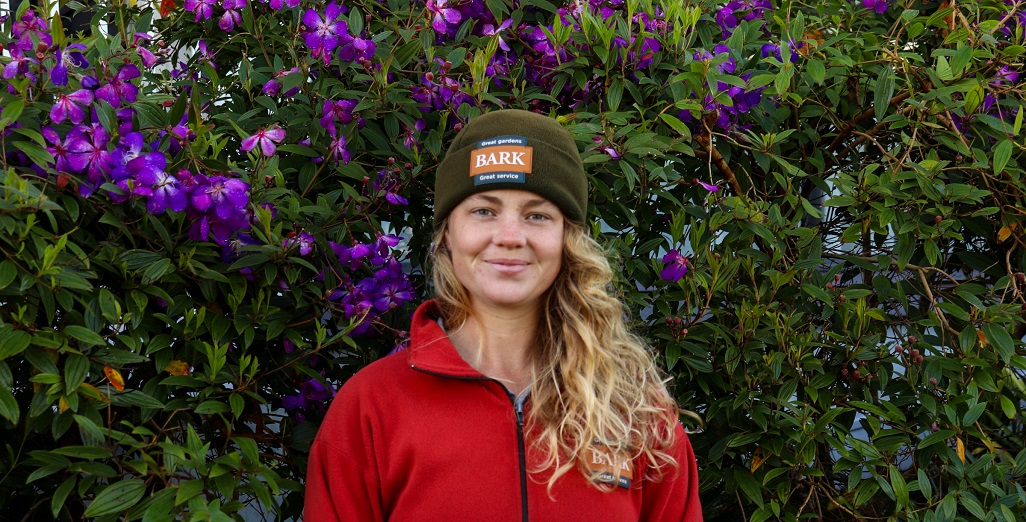Sign up here to subscribe to the Grower2grower Ezine. Every two weeks you will receive new articles, specific to the protected cropping industry, informing you of industry news and events straight to your inbox.
Nov 2018
CSM, Forestburg Eggplants

Simply Stunning
The Business:
Kees van der Eijk and Svend Pedersen are business partners who co-own CSM Limited, established in January 2001. CSM limited are the largest eggplant growers, by area and volume, in New Zealand. Together they have built an amazing high-tech greenhouse facility with some brilliant ingenuity. Since converting from capsicum production to eggplant production in 2005, Kees and Svend have together transformed the NZ eggplant market.
In 2000 Kees, his brother Marinus and Svend purchased a property in Warkworth, on which they were intending to build a greenhouse to produce capsicums. The long, drawn-out process of gaining Resource Consent meant by the time it came through it was too close to winter to start building. At that opportune time, a property in Dairy Flat, with a 4000m2 modern greenhouse structure, came up for sale. The decision was made to not wait any longer, to purchase the Dairy Flat site where they could start producing capsicums immediately. One year later the property in Warkworth was sold and the first new glasshouse extension of 5500 m2 was added to the Dairy Flat Site. For the next 4 seasons, until 2005, capsicums were grown until a virus, in the capsicums, meant the crop would be cut short. Kees needed a short crop to grow until the start of the next capsicum season. Kees wasn’t certain what they would grow, he was not keen on cucumbers or tomatoes so he simply went for a drive to the local supermarket to see what other products could be grown. The vegetable that caught his eye was eggplants. With a few phone calls, to advisors in Holland and a local seed company, the decision was made – eggplants replaced the crop of capsicums. The eggplant crop was so successful the decision was made to completely change from growing capsicums to specialising in eggplants production thereafter.
An adult crop of Eggplants in the most recently built glasshouse, installed with diffused glass.
Staff are busy dropping strings to tie up the plants that arrived two days earlier from the nursery.
When CSM first began growing eggplants the local market preferred 500 grams to 700-gram fruit. Kees very quickly learnt, from growing his first crop of eggplants and from advice from Holland, that eggplants should be harvested when they are 300-400 grams. The two major reasons are that the bigger the fruit becomes, the less goodness and flavour it has (it becomes too old) and it is extremely counterproductive, for plant balance, to leave huge fruit on your plant for too long. Very quickly CSM changed the market to accept smaller, higher quality product which you see in the supermarket today. If you like eggplants there is a very good chance you have consumed product produced by CSM.
In 2006 a further 10,000 m2 glasshouse was built, taking the total greenhouse area to just under 2 hectares. As CSM had doubled the size of their production it was slightly unknown how the market would react to such an increase in what was possibly perceived as a niche product. As time passed, the popularity and demand of eggplants grew, so further expansion of a stand alone 12,000 m2 glasshouse was built, in 2013, on the same site. By this time Marinus had left the business to follow his passion of consulting to Capsicum growers. The new glasshouse was no ordinary greenhouse and was, to my knowledge, the first seven-metre-high glasshouse built using diffused glass technology here in New Zealand. The installation of diffused glass has been a real learning curve and as a result of the new glass, the eggplant crops became very generative in summer, aging the crops very quickly. This led to a screen being added, the following season, to protect the crops in higher light level periods. Kees uses a Dutch advisor, who has supplied great guidance, but Kees is certain that New Zealand conditions are totally different and harsher compared to Holland and that advice has to be tailored for NZ specifically. He gave an example of a variety grown in Holland that he was advised to grow. It was producing fantastic quality, size and yields in Holland but when Kees trialled it here in New Zealand it was very difficult to achieve the same fruit size, no matter what he tried it just would not perform. The growing techniques were the same, Kees believes our harsh climate was not suited to that variety. Finding varieties suited for different planting dates is also challenging.
After resolving the teething problems, with the new glasshouse and with the market expanding, another 12,000 m2 equally high-tech modern glasshouse is currently being built which will take the size of the property, under glass, to a very impressive 43,500 m2 comprising of 5 growing compartments. Fourteen full time staff are currently employed by CSM and this will increase with the new extension.
A new packing shed is currently under construction
Svend and Kees work extremely hard and it is very apparent to see they work very well together as a team, contributing to the success of their business. Both have specific roles, Kees is in charge of the growing and Svend looks after the packhouse and the books. However, Svend is also a grower and when Kees is on holiday is more than capable of running the growing operation and vice versa. They are the perfect team. Next year when I will be writing several articles on the different types of heating systems that are used in NZ, in one of these articles I will be covering the system that is supplying CSM with warm water and CO2, and how they have gone from burning coal to using landfill gas piped from the local landfill and Co- generation to produce Co2 and heat for the glasshouses.
The Grower:
Kees van der Eijk, is the head grower of CSM in Dairy Flat, just north of Auckland. Kees was born in Zevenhuizen, a village in South Holland. It is located about 12 km northeast of the city of Rotterdam. Like many greenhouse growers he was born into the greenhouse industry. His family owned a 2ha nursery growing roses in Holland. It was no surprise that as part of his further education he completed a Bachelor of Horticulture.
During the 1990’s Kees’ brother had embarked on a journey to New Zealand, where he worked for a capsicum grower. Kees was also interested and decided to come to New Zealand, where he gained a six-month contract to work on a new greenhouse building site. Kees returned to Holland for six months, but in 1998 he decided to return to New Zealand. On his return he was offered a full-time role with the same company for growing capsicums. After 18 months his ambition, to own his own business, was very strong and this was when the partnership with his brother and Svend was formed.
The Growing:
Kees and Svend have learnt, and been willing, to change their philosophy on growing eggplants in New Zealand conditions. In the early years, the crops were layered and were grown for 12-month rotations. What they observed was the last two months of the yearly cycle were always a struggle to keep the plant strong. This was also the time that insects would adversely effect crops. When the new 12000 m2, seven-metre-high glasshouse was built in 2013, diffused glass was used Instead of creating a more vegetative environment, which was hoped, the eggplants struggled with the extra light, and aged faster. Soon after, a screen was installed to reduce the pressure on the plants. They were then convinced that growing in 12-month cycles was not 100% suitable for New Zealand conditions, unlike that in Holland. Based on their experience, crops are now grown in 10-month cycles. Another advantage, to growing a 10-month crop, is that there is no more need to layer the plants, which eggplants are not naturally suited for anyway.
Kees and Svend are owners of one of the most technological advanced greenhouse properties in New Zealand. The experience, growing different crops prior to growing eggplants, has given them an invaluable head start. The ability to adapt growing styles and approach has been a pleasure to watch over the years, it is testament to the immensely talented grower he is.
These eggplants are grown in the glasshouse built in 2013 using diffused glass. A screen was added soon after.
These plants arrived two days earlier from Gellert Nurseries. The plants are V out one or two days after planting, or for the novice you can see they are leaning out towards the path, every second plant is leaning out to the opposite side creating the V. CSM use Stone-wool as their growing media. The water content and EC are continuously monitored in the slabs to give the root systems the optimal chance to thrive.
Cover photo of Kees van der Eijk (left) and Svend Pedersen (right)
I appreciate your comments. Please feel free to comment below or on the grower2grower Facebook page:
https://www.facebook.com/StefanGrower2grower/
Article Written by Stefan Vogrincic, Consultant, Grower2Grower
CLASSIFIED
Subscribe to our E-Zine
More
From This Category

Michael Bednarz new Powerplants Australia CEO

Te Mata Exports Announces Retirement of Founding Director Murray Tait

Powerplants and RTF Climate Announce Strategic Partnership for the APAC Region

Local florist amongst impressive young horticulturists competing in Karaka

Toasting Tahryn, 2023 Young Horticulturist finalist.






























